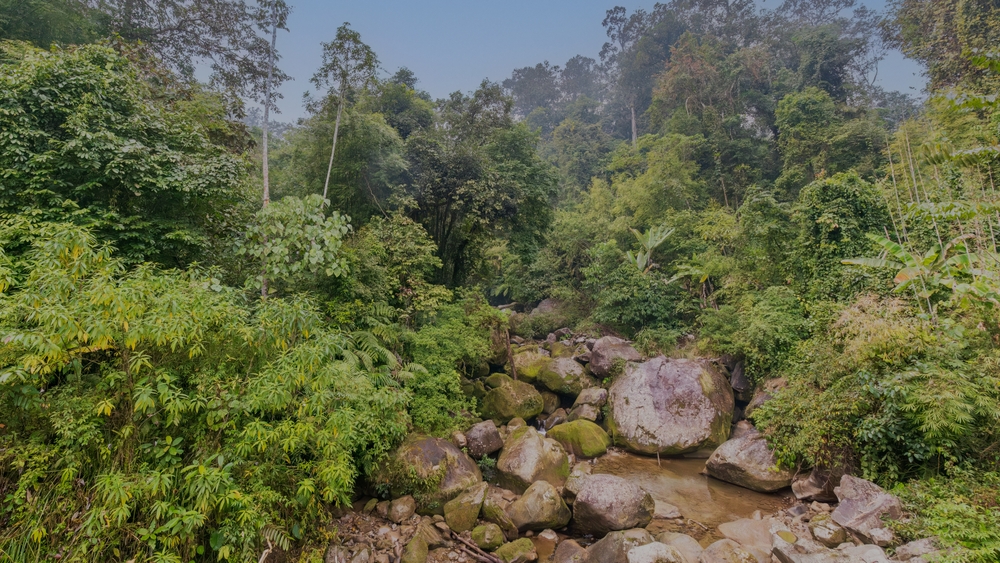Namdapha Overview
Namdapha National Park, located in the Changlang district of Arunachal Pradesh, India, is a treasure trove of biodiversity and an ecological marvel. Known locally as “Nam Dapha,” meaning “forest of bears,” the park spans an impressive 1,985 square kilometers (766 square miles), making it the largest protected area in the Eastern Himalayas and one of the most biodiverse regions in India. Situated in the northeastern part of the country, it is nestled between the Dapha Bum range of the Mishmi Hills and the Patkai Hills, with the Noa-Dihing River coursing through its heart. This UNESCO World Heritage candidate serves as a vital sanctuary for countless species and offers breathtaking views of unspoiled wilderness.
The park’s terrain is strikingly varied, ranging from lowland tropical rainforests at 200 meters (656 feet) to alpine meadows at 4,500 meters (14,764 feet) above sea level. This altitudinal range fosters an exceptional diversity of flora and fauna. The dense forests are characterized by tall canopy trees, including Hollong, Mekai, and a range of orchids and bamboo species that thrive in its humid climate. Towering peaks such as Dapha Bum stand sentinel over the park, while numerous waterfalls cascade into pristine streams, adding to the park’s scenic beauty. The terrain alternates between rugged mountain slopes, rolling valleys, and serene riverine areas, creating a landscape of striking contrasts.
Wildlife enthusiasts will find Namdapha National Park a haven for exploration. It is home to an extraordinary array of species, many of which are rare or endangered. Among its highlights are the presence of all four big cat species—tiger, leopard, clouded leopard, and snow leopard—making it a unique location for conservation. Herbivores like gaur, sambar, and takin roam the park, while primates such as the Hoolock gibbon and Assamese macaque swing through the trees. The park is also a birder’s paradise, with over 500 recorded bird species, including the critically endangered white-bellied heron, hornbills, and the vibrant Mrs. Hume’s pheasant. The melodic calls of birds blend with the rustling leaves, creating a symphony of wilderness.
Visitors are drawn to Namdapha for its pristine environment and unique features like the Namdapha River and lush green trails. Trekking and bird-watching are popular activities, with routes such as the Miao-Vijaynagar trek offering both adventure and opportunities to immerse oneself in nature. Camping along the riverbanks provides a peaceful retreat, while cultural interactions with the indigenous tribes of the region enrich the experience.
Namdapha faces significant conservation challenges, including illegal poaching, deforestation, and human-wildlife conflicts. However, its designation as a national park in 1983 and a tiger reserve has brought focused conservation efforts. Community involvement and eco-tourism initiatives have also contributed to raising awareness and supporting local livelihoods. The park stands as a testament to the importance of preserving India’s natural heritage and the collective efforts required to safeguard such biodiverse landscapes.










































































